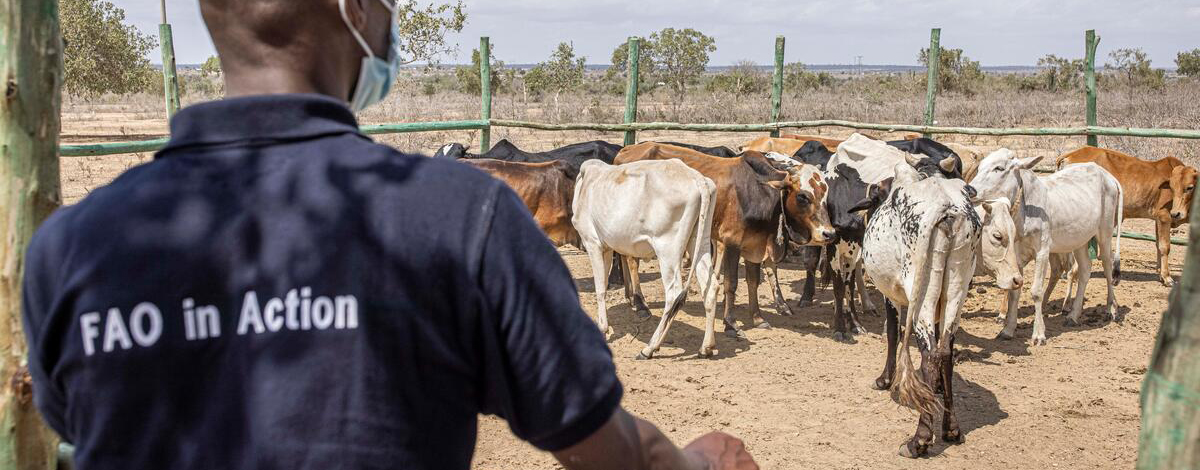
The economic case for One Health in agrifood systems:
Why prevention pays
As global food systems face mounting pressures from climate change, emerging diseases, and antimicrobial resistance, a prevention focused One Health approach offers compelling economic advantages that could refocus agricultural investment priorities. The numbers tell a clear story: reactive disease management costs far more than prevention.
The true cost of disease
The economic toll of disease outbreaks in agrifood systems either directly or indirectly is staggering. COVID-19 alone generated cumulative output losses projected at USD 13.8 trillion through 2024, while H5N1 avian influenza outbreaks have exceeded USD 20 billion in direct costs since 2003. Beyond pandemics, more than 1 billion cases of zoonotic disease are recorded annually, with most originating at the human-animal-environment interface where food is produced.
By 2050, AMR could kill as many as 10 million people, with global costs estimated to reach USD 100 trillion, resulting in a 3.8 percent drop in global GDP, with livestock production systems serving as critical reservoirs for resistant pathogens and genes. Meanwhile, foodborne illnesses affect 600 million people annually, imposing massive healthcare costs and trade disruptions that disproportionately impact smallholder farmers and food-insecure populations.
Recent analyses confirm that infectious disease outbreak frequency has continued to increase significantly since 1980, with the most comprehensive 2024 studies showing this acceleration persists, particularly for zoonotic and vector-borne pathogens.
One Health represents a fundamental shift from reactive disease management to proactive prevention across the agrifood chain. Most pathogens infectious to humans are zoonotic, moving bidirectionally between animals and people within interconnected food production systems where pathogens can evolve and spread across species barriers. By addressing root causes rather than symptoms, a One Health approach offers superior cost-effectiveness to derisk agricultural investments.
Pandemic prevention costs of USD 10.3-11.5 billion annually compared to USD 30.1 billion for pandemic management – a nearly 3:1 advantage for prevention.For agrifood systems specifically, investing USD 3 billion annually in One Health approaches could yield USD 37 billion in savings from reduced epidemics and pandemics – representing over 1 100 percent return on investment. These figures are consistent with G20-endorsed targets of around USD 34 billion per year to strengthen global pandemic prevention and preparedness.
Actions to prevent disease outbreaks carry estimated returns of up to 86 percent, delivering both direct savings from avoided healthcare costs and indirect benefits that protect agricultural productivity and food security. One Health approaches to livestock management simultaneously reduce disease transmission, improve animal welfare, enhance productivity, and strengthen food security.
Environmental co-benefits add substantial value. One Health prevention through reduced deforestation generates USD 4.3 billion in climate benefits from lower carbon emissions – particularly relevant as agriculture drives 80 percent of global deforestation. Evidence from the One Health High-Level Expert Panel (OHHLEP) highlights that integrating biodiversity-focused financing with spillover risk reduction under global conventions like the Global Biodiversity Framework is integral to preventing pathogen spillover.
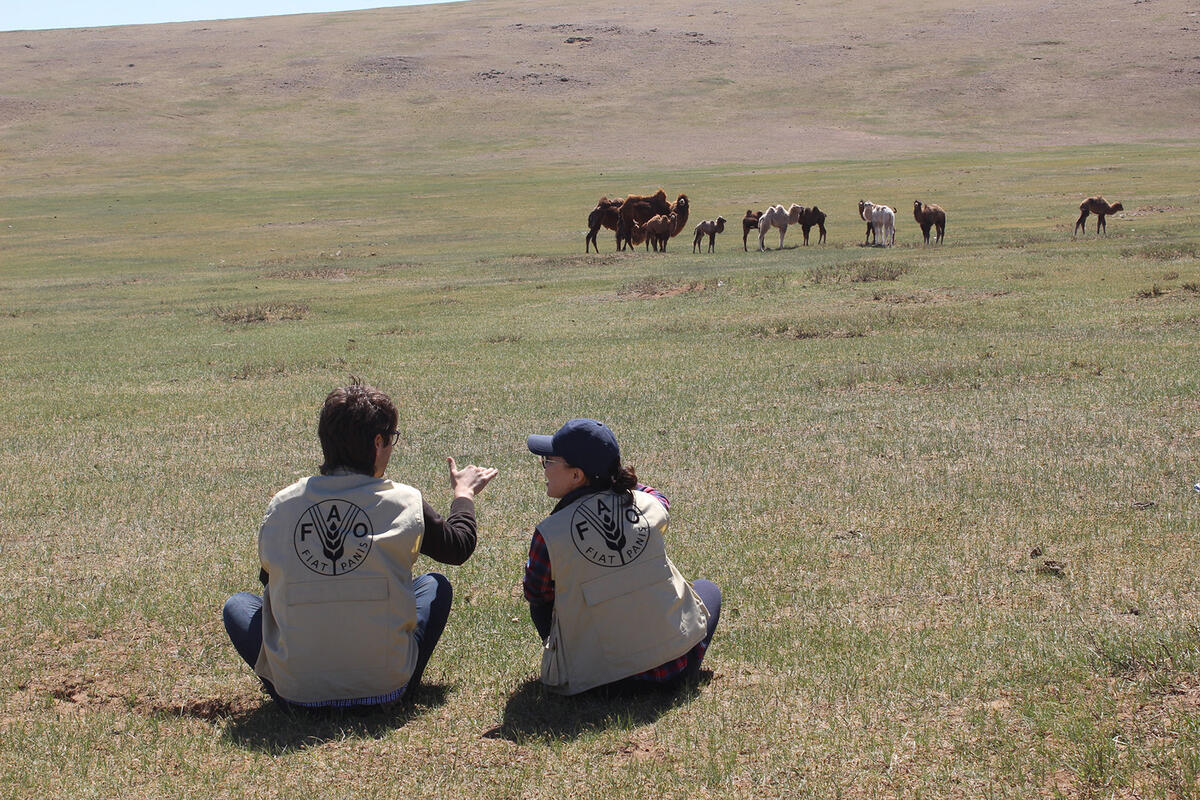
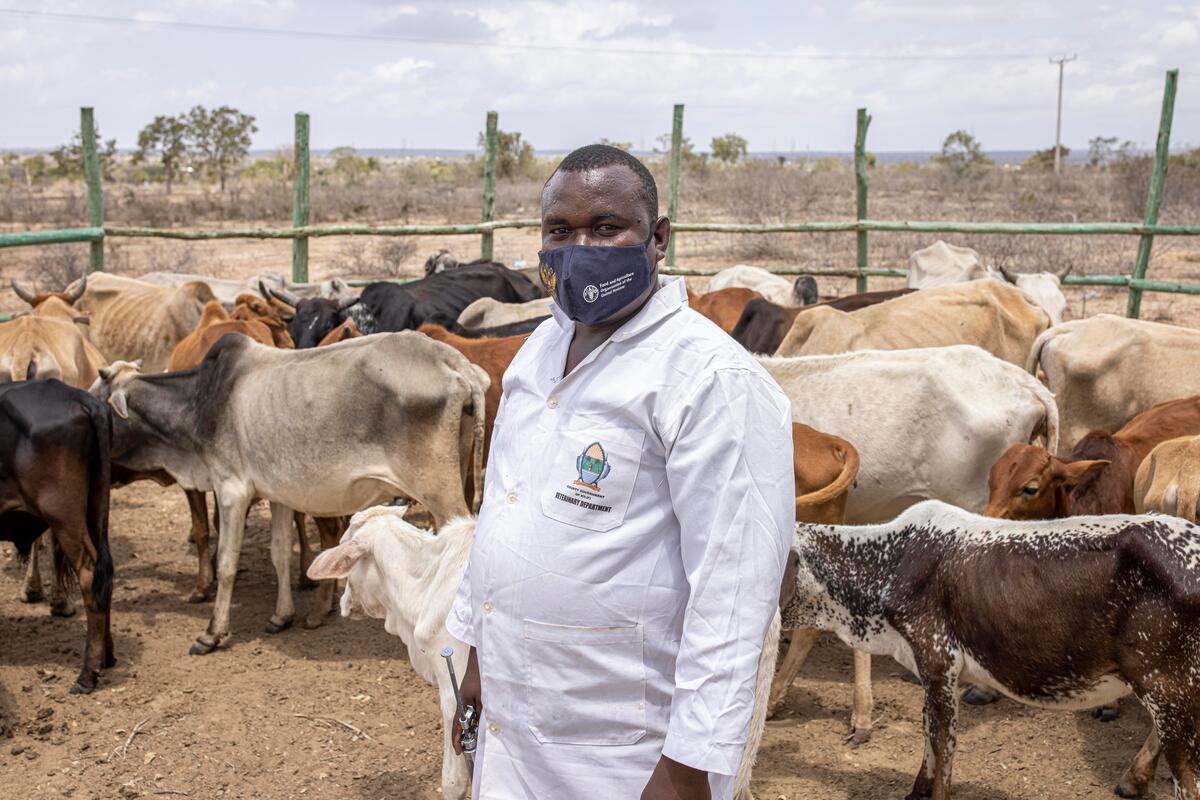
Beyond traditional metrics
Recent analysis in The Lancet suggests we need fundamental shifts in how we measure agricultural progress. Current growth-based economic systems have delivered food security gains but at devastating environmental costs, including biodiversity loss, soil degradation, and increased zoonotic disease emergence.
New evaluation frameworks must account for finite natural capital and recognize that intensive agricultural systems often operate beyond planetary boundaries. Alternative models gaining traction include regenerative agriculture, circular food systems, and wellbeing-focused metrics that value ecological health alongside productivity.
Innovative financing for agrifood system transformation
Current funding and finance reveals significant gaps and disparities across sectors requiring attention. There's disproportionate investment in human health compared to animal, plant and environmental health components of agrifood systems, and between high-income and low- and middle-income countries where most food insecurity exists. Ultimately, countries are called to invest from their own domestic resources, but low- to middle-income countries cannot be expected to bear the costs alone.
Innovative financing mechanisms offer solutions beyond traditional development aid. These include agricultural impact bonds, sustainability-linked loans for food companies, and blended finance that combines commercial investment with concessional funding. A stronger financing ecosystem is needed – leveraging multilateral development bank financing, multi-partner trust funds like the Pandemic Fund, AMR multi-partner trust fund, aimed at catalysing co-finance and co-investments from domestic budgets. Such blended models were explicitly recommended by G20 expert panels, aimed at catalysing co-finance and co-investments from domestic budgets.
The private sector is in the heart of the solution and is at the centre of every agrifood system. All should be convinced of the need to invest in a One Health approach to derisk their agricultural investments, but also to contribute to global public goods such as health and food security.
Implementation challenges and opportunities
Despite compelling economics, One Health implementation faces obstacles. Benefits often accrue globally while costs are borne locally – particularly challenging for interventions like reducing agricultural encroachment on forests or improving biosecurity on small farms.
Success requires coordination across traditionally siloed agricultural ministries, health departments, and environment agencies. Effective financing requires political commitment, national governance platforms, and prioritized and sustained investments.
Find out more
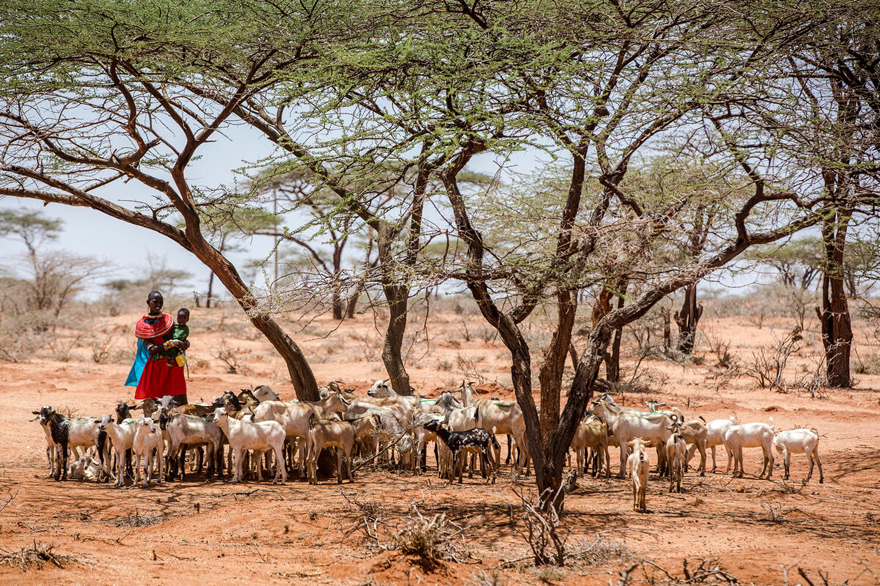
Projects
The Pandemic Fund
FAO is co-leading the implementation of 32 Pandemic Fund projects worth over USD 165 million aimed to boost local and global health security.
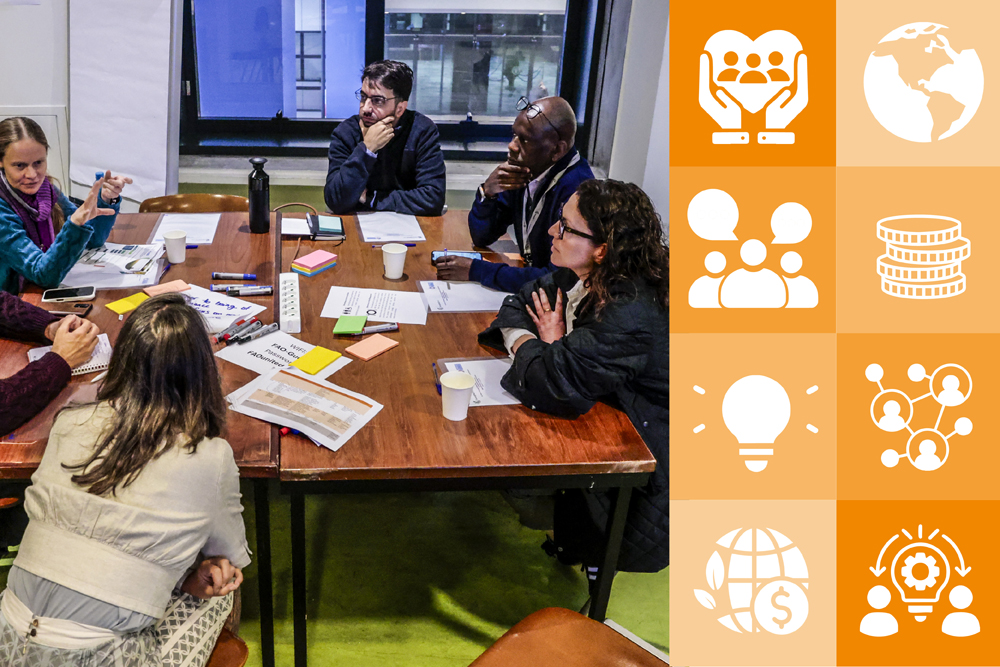
Community of Practice
Return on investment for One Health and investment planning
Learn and share information on investment pathways and cases for One Health, share and improve practices on economic evaluations, and supporting country One Health investment planning.
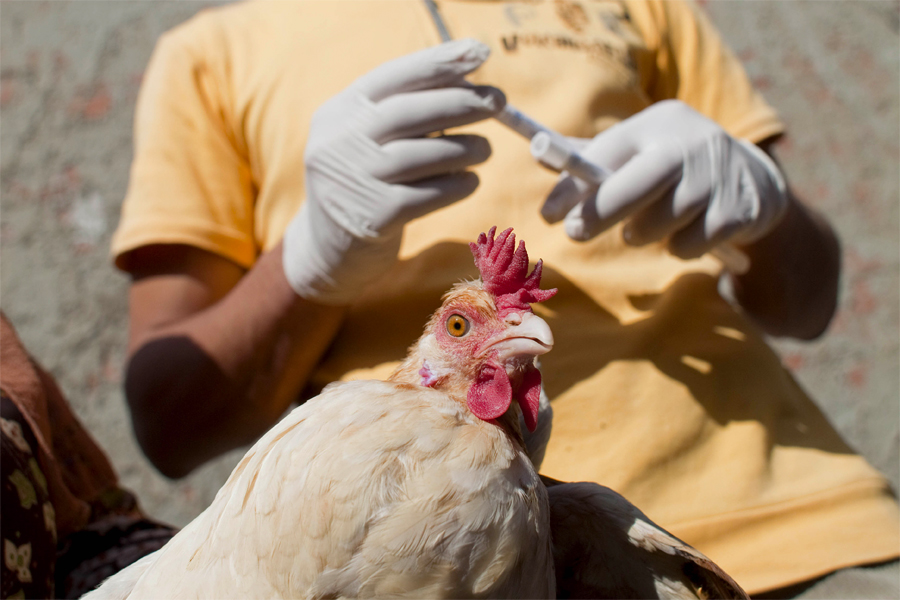
In depth
Investing in One Health
One Health is a holistic approach to health that requires everyone to work together, including governments, international organizations, civil society, and the private sector.
